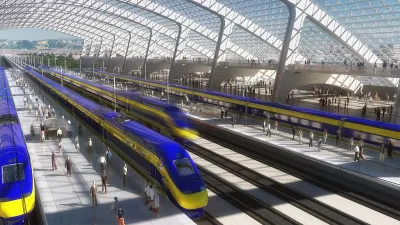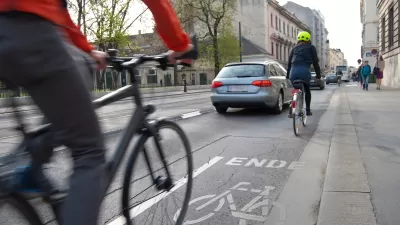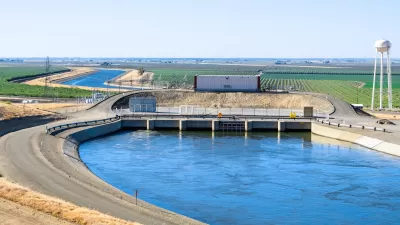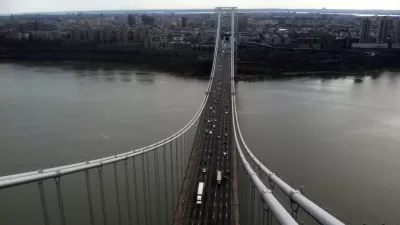The cost of building roads and transit projects has skyrocketed in the last 50 years, but the reasons behind the rise are complex.

Writing in Vox, Jerusalem Demsas questions the high cost of infrastructure in the United States. "Not only are these projects inordinately expensive, states and localities are not even attempting to build particularly ambitious projects. The US is the sixth-most expensive country in the world to build rapid-rail transit infrastructure like the New York City Subway, the Washington Metro, or the Chicago 'L.'"
Despite its complexity, this is an important question: "NYU researchers noted the massive economic stakes, pointing to studies that show that building dense urban transit networks could increase aggregate economic growth by roughly 10 percent." America's transit systems and highways are inordinately expensive to build, with the cost of one lane mile increasing five-fold between 1990 and 2008. According to research conducted by economist Leah Brooks, "states spent nearly three times as much to build a mile of highway in the 1980s as they did in the early ‘60s," indicating a trend toward higher and higher construction costs. When it comes to transit, the picture is equally bleak: a report from the Eno Center for Transportation found that "[o]n a per mile basis, America’s transit rail projects are some of the most expensive in the world."
The reasons why prices are rising are unclear but "[economist Matthew] Turner explains that common theories like unions or the way we’re building roads or where we’re building them (for example, in more urban areas) are not supported by statistical evidence." According to Brooks, "judicial, statutory, and administrative changes — in particular the passage of the National Environmental Policy Act (NEPA) in 1970 — have led to increased power for citizens," which, while intended to prevent harmful actions, has often resulted in the ability of "wealthy individuals to exert their preferences over everyone else."
Yet "America spends a relatively small amount of its GDP (1.5 percent) on public infrastructure, while the UK spends 2 percent, France 2.4 percent, and Australia 3.5 percent." The problem, writes Demsas, is that "the US is getting very little for what it builds." Collecting more data, reducing the bureaucratic red tape that slows projects down, and seeking examples from other countries can help "put the US on the path to a future with accessible, plentiful, and cost-efficient transit."
FULL STORY: Why does it cost so much to build things in America?

Manufactured Crisis: Losing the Nation’s Largest Source of Unsubsidized Affordable Housing
Manufactured housing communities have long been an affordable housing option for millions of people living in the U.S., but that affordability is disappearing rapidly. How did we get here?

Americans May Be Stuck — But Why?
Americans are moving a lot less than they once did, and that is a problem. While Yoni Applebaum, in his highly-publicized article Stuck, gets the reasons badly wrong, it's still important to ask: why are we moving so much less than before?

Using Old Oil and Gas Wells for Green Energy Storage
Penn State researchers have found that repurposing abandoned oil and gas wells for geothermal-assisted compressed-air energy storage can boost efficiency, reduce environmental risks, and support clean energy and job transitions.

Minneapolis Bans Rent-Setting Software
Four cities have enacted restrictions on algorithmic software that can inflate rent costs.

Oakland to Add 244 New EV Chargers
Oakland plans to launch its new charging network at eight locations by the end of 2025.

Jane Goodall Inspires with Message of Hope, Resilience, and Environmental Action
Speaking in Pasadena, Jane Goodall offered a hopeful and inspirational message, urging global compassion, environmental responsibility, and the power of individual action to shape a better future.
Urban Design for Planners 1: Software Tools
This six-course series explores essential urban design concepts using open source software and equips planners with the tools they need to participate fully in the urban design process.
Planning for Universal Design
Learn the tools for implementing Universal Design in planning regulations.
Heyer Gruel & Associates PA
City of Moreno Valley
Institute for Housing and Urban Development Studies (IHS)
City of Grandview
Harvard GSD Executive Education
Salt Lake City
NYU Wagner Graduate School of Public Service
City of Cambridge, Maryland





























